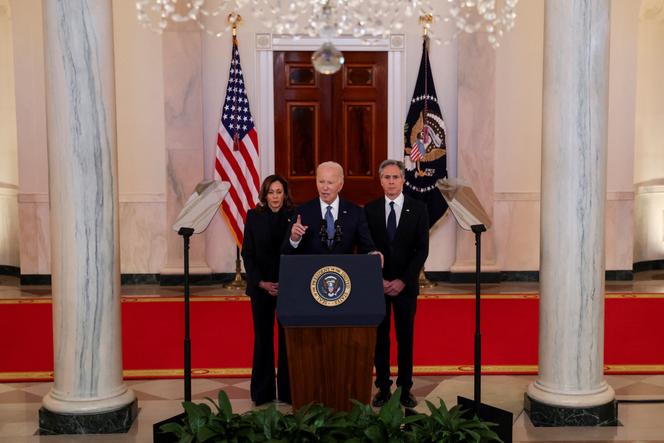


Relief, hope, bitterness, anger, anguish, fear of emptiness. On Wednesday, January 15, all of these contradictory feelings mingled, from the Middle East to the United States, at the announcement of a ceasefire agreement in the Gaza Strip, long hoped for and so often postponed for 15 months. This no-win agreement, the fruit of the diplomatic efforts of the US, Egypt and Qatar, should, as of Sunday, enable a halt to fighting in the Palestinian territory, where more than 46,000 people have been killed, as well as the gradual release of the hundred or so hostages still in the hands of Hamas (34 of whom have already died, according to Israel), since the unprecedented attack of October 7, 2023.
The text, which must be ratified by the Israeli government on Thursday before coming into force, initially provides for a six-week ceasefire and the possibility for Palestinian civilians to move throughout the territory. During this first phase, hundreds of Palestinian prisoners in Israel would be released, in exchange for 33 hostages in Hamas's hands (children, women, people over 50, wounded and sick), including two Americans. Humanitarian aid, largely blocked for months by Israel, would flow in. Then phase 2 would begin, with the release of the remaining hostages and a complete withdrawal of Israeli forces from the enclave. Phase 3 would see the start of reconstruction projects, which still seem a long way off.
You have 88.64% of this article left to read. The rest is for subscribers only.
